PUSHING THE DESIGN ENVELOPE
LOMOcean Marine (formerly Craig Loomes Design) offer custom boat designs tailored to the specific requirements of each client. The result is an ever-expanding range of mono-hull, catamaran, trimaran and wavepiercer designs for the pleasure, commercial (ferry, tug, crew boat, work boat etc), military and super yacht markets, honed in the towing tank and wind tunnel.
A passion for innovation has created remarkable ships such as the stealth trimaran KRI Klewang and award-winning designs, including Ultimate Lady, a 27m wavepiercer catamaran. The radical Earthrace (Ady Gil) smashed the UIM world circumnavigation record for a power boat and Turanor Planet Solar is the first ever solar vehicle to circle the globe. Not all the designs are radical; the conservative motor yacht Black Pearl is a demonstration of the company’s versatility.
PPB talks to Directors, Craig Loomes and Andre Moltschaniwskyj about the company’s achievements and future goals.
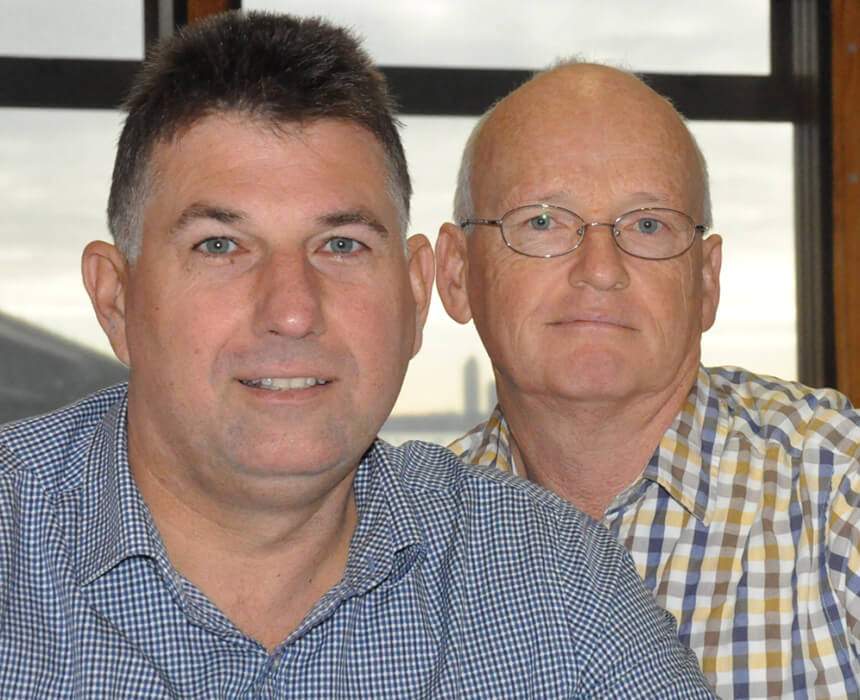
What is the history of the company and where did the name LOMOcean come from?
Craig kicked it all off in the late 1980’s with Craig Loomes Design as he transitioned from being a builder constructing boats to a naval architect designing them. He starting working with structural engineering consultant Andre Moltschaniwskyj in the early nineties collaborating on some significant projects – and by 1998, the two teamed up and became business partners. Craig Loomes Design became Craig Loomes Design Group for a time, then changed to LOMOcean Design. The name LOMOcean combines the first two letters of each surname – intended to reflect the value each bring to the business with their separate skill sets – with the word ‘ocean’ – upon which most of our boats float. It’s pronounced LOM Ocean. A re-structure in 2020 in the aftermath of the first major Covid lockdown saw the recent formation of LOMOcean Marine and the company now numbers 10 employees, including Kirsty Loomes, also a Director, the financial controller and active within the organization from its earliest beginnings.
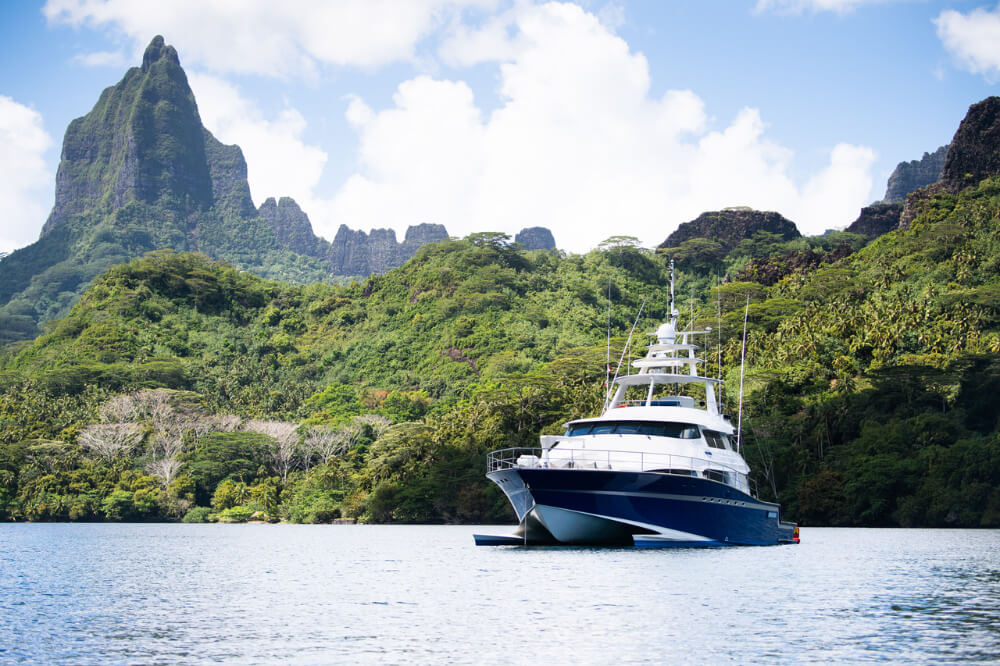
How would you describe the type of boats you design in a couple of words? Then explain.
Innovative and diverse. We design power boats and sail boats, mono-hulls, catamarans and trimarans. We design planing hulls, foil assisted hulls, displacement hulls and transitional hulls. Soon we will be designing a SWATH (Small Waterplane Area Twin Hull) and a fully foiling powerboat. We can design in wood, steel, aluminium, GRP or advanced composite construction materials. We also design pleasure boats, commercial boats, military boats and boats for Government Authorities such as Police, Customs and Coastguard. We’ve designed barges to float on sewage ponds, 65 knot fast interceptor craft, amphibious dinghies, keel boats, superyachts, sportfishers, long range passagemakers, turret equipped troop carriers, 80 mph ski boats, multi-purpose workboats for the oil and gas industry, runabouts, 63m carbon fibre missile boats, specialist oil spill recovery boats, combat boats for Special Forces, passenger ferries, firefighting boats, tourist boats and tugboats. We’ve won two International Superyacht awards – one for the innovative 27m wavepiercer Ultimate Lady and another for Michael Hill’s recently launched 39m explorer catamaran The Beast. We hold both UIM and Guinness World records for the fastest circumnavigation of the globe by a power boat via the two canals (the 24m trimaran Earthrace) and first ever circumnavigation of the globe by any photo voltaic solar powered electric vehicle (the 30m catamaran Turanor Planet Solar).
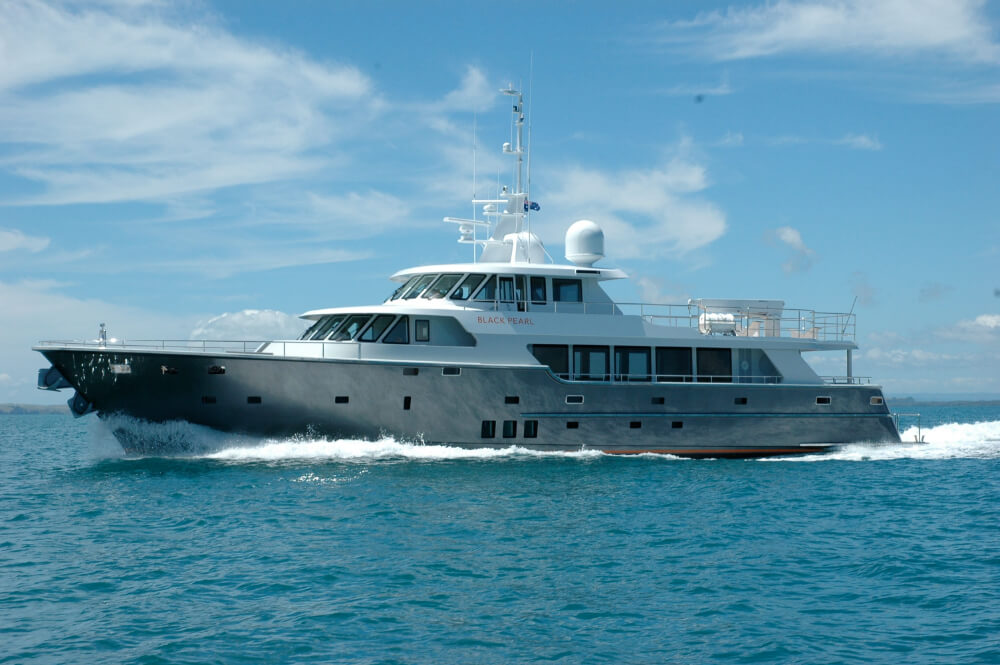
What parts of the world are you particularly active in?
That changes depending on the various political, economic – and as we’ve recently discovered – health situations around the globe. It was decided fairly early on that the company shouldn’t just design pleasure boats for New Zealand. Projects for Malaysian Police (fifteen, 10m, 45 knot strike craft) and Malaysian Customs (nine, 16m, 50 knot fast interceptor craft) led the company’s way offshore and into an new market sector, then expanded into further pleasure, commercial and military designs built in Malaysia, Singapore, Indonesia and China. Covering a broad variety of markets around the world allowed LOMOcean to sail through the global financial crisis in the mid to late 2000s unscathed, when many pleasure boat designers had no work for two years. We’ve just seen two 45 knot 18m boats delivered to Malaysian Police and six, 50 knot versions to the Malaysian Navy, with thirteen more due to start construction shortly. LOMOcean is particularly active in Egypt – the Suez Canal and the Ports of Alexandria and Damietta on Egypt’s northern coast attract huge demand for workboats, including lines handlers, tugs, ferries, harbour patrol boats and firefighting boats, so we have supplied designs and technology transfer packages for a wide variety of advanced composite, aluminium, wooden and steel boats in this part of the world. We have also delivered designs for boats built in Australia, Germany, the United States, the UAE and oddly enough, Mauritius. The New Zealand market has become more active for us again recently, with commercial fishing boats, a range of aluminium production launches, some offshore passagemakers as well as custom composite game boats.
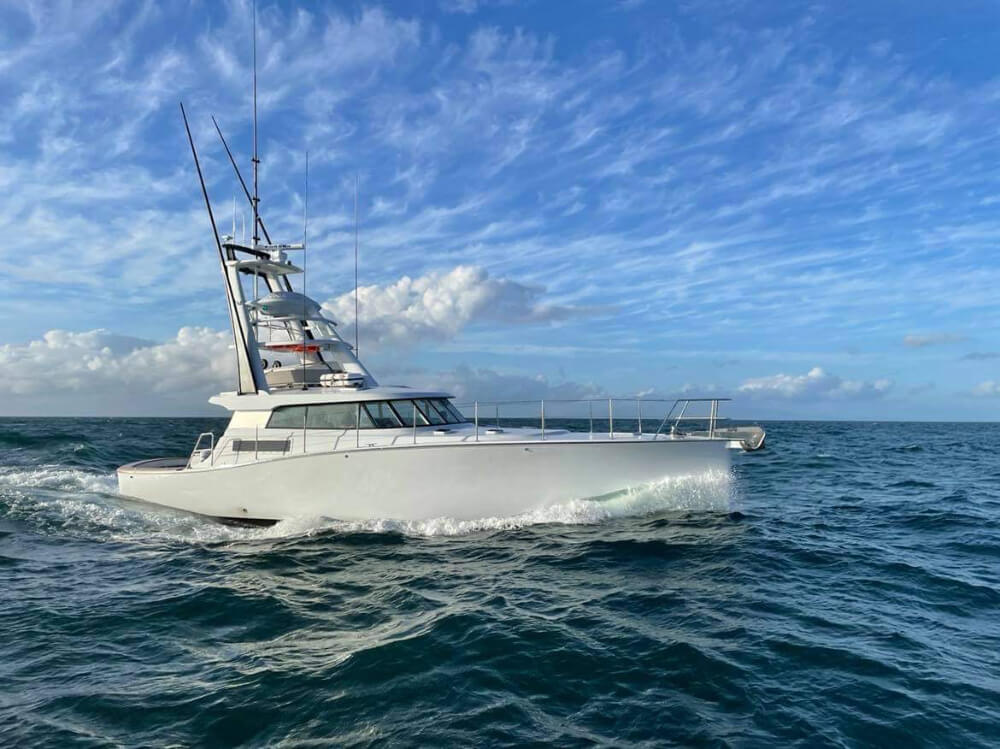
What makes LOMOcean different from other designers?
Our rigorous, first principles, brief driven design approach. Over the years, boat design has evolved from what was mostly an art to something much closer to a science, something we very much endorse and embrace. Historically, new boats tended to evolve from old boats with the accumulated experience of their builders and designers, where educated guestimates and trial and error often defined how a problem was solved. By contrast, we’ve always been interested in using first principles mathematical analysis in naval architecture and engineering and applying it to boat design. Nowadays, nobody expects to climb aboard a car or an aircraft where someone guessed how thick the structures should be, or estimated where a wing should go or how big it should be – and boats should be no different. And of course the highly regulated nature of the commercial and military markets we operate in mean that code compliance and proving your decision making with maths is very normal, even if remarkably, that is still not the case for most pleasure boats. It means that when a client comes to us and tells us what they want to do with a boat, we try to leave preconceptions and paradigms aside and come up with pure, technical, solution driven designs. We are also highly focussed on ensuring there is a very good design brief from the outset that defines the problem at hand. We don’t design a boat that we like that the client has to fit their needs and preferences into and around – instead we design a bespoke boat that is tailored specifically to each client and to each application. If some of our boats look odd or ugly to some eyes, it’s because that’s what the customer wanted. That first principles approach means we can design a tug boat just as readily as a high performance yacht. Or a very fast planing hull as readily as a super-efficient catamaran or trimaran hull. We also have strong inhouse structural engineering skills, particularly with composites, but also with steel and aluminium materials, which means we can handle some difficult structural engineering problems – integrating the massive deck cranes into the structures of The Beast is a good example. Our clients often want something different that no-one else can deliver.
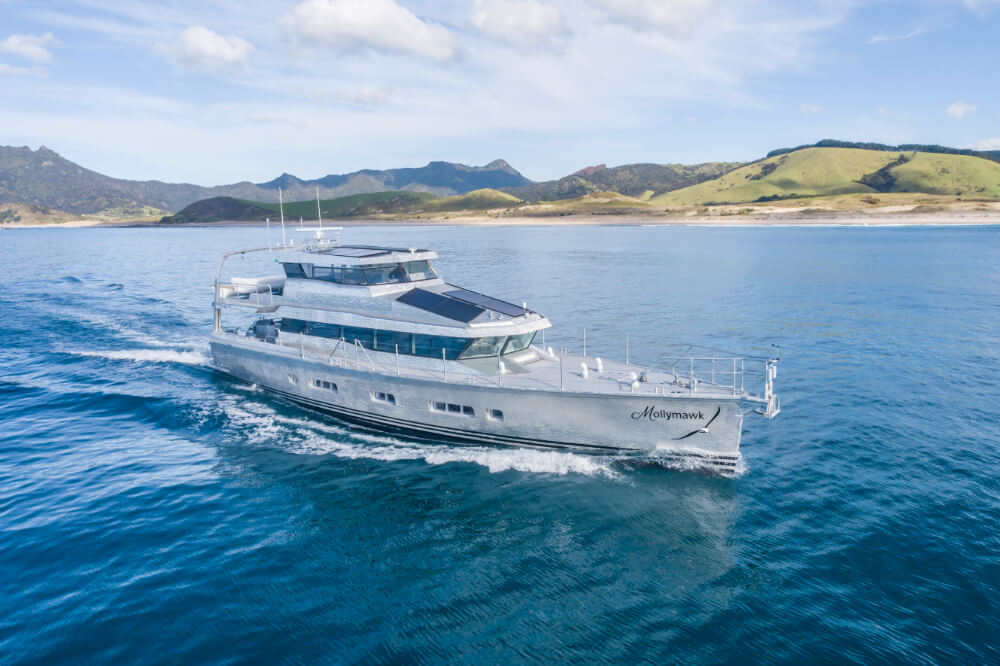
What have been some game changers for LOMOcean over the years?
Undoubtedly the enormous improvements in computing power. When Craig first started designing hulls, he used a drawing board, French curves and laboriously calculated integrals to figure out how a hull would float. Developing a new hull took a long time and didn’t lend itself to fast, iterative improvement. And to get certainty about resistance and powering, building a scale model and testing it was really the only option, which took more time and money. Nowadays, computing power and graphics capability has improved out of sight and it takes only seconds to assess how a boat will float and how stable it will be. Traditional empirically derived algorithms for calculating speed and resistance are also calculated as fast as the click of a mouse and although computational fluid dynamics (CFD) computations can take one or two days of 16 core computer time to complete on a complex hull shape, it offers unparalleled ability to understand fluid flow without needing to use scale models in the towing tank. Similar advancements have allowed finite element analysis for structural design to become commonplace and no longer a specialist job for massive mainframe computers as it was not so many years ago. And, 3d modelling means we have utmost confidence in the accuracy of parts and the fit of equipment. If it fits in 3d computer space, it will fit in real life. Computers have blurred the line between design and build – drawings now have fewer or even no dimensions on them, because a computer controlled machine will cut the part, rather than a human measuring, marking and cutting by hand. It means that nowadays we will draw every last structural part of a boat because it has to be computer cut, so often we are making decisions in the design office that a boat builder would have been making only a few years ago. We are now production engineers as well as naval architects and structural engineers.
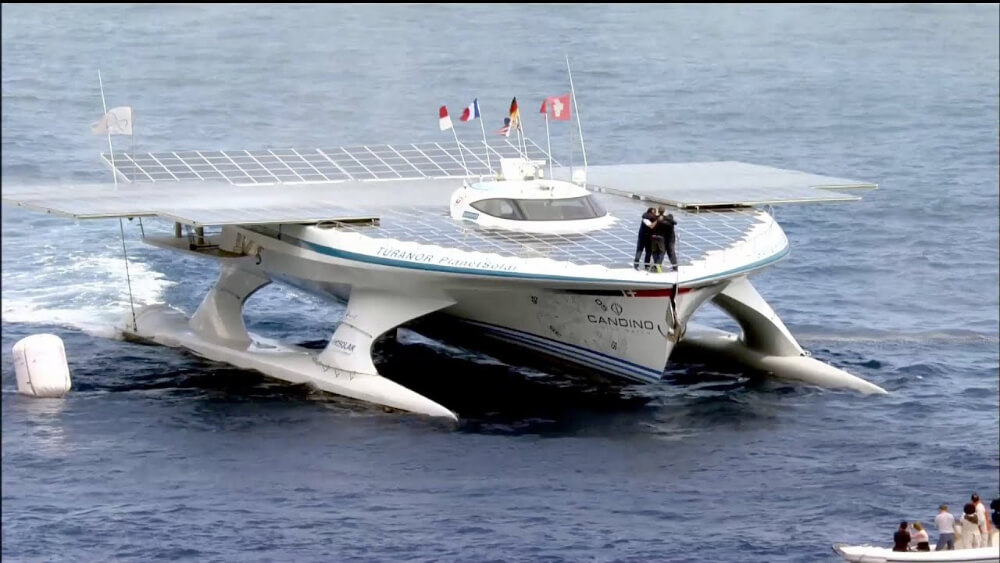
What are some your most rewarding projects and experiences associated with them?
We think our most successful projects have been those where the owner places their complete trust in us to deliver the result they want. The 27m wavepiercer Ultimate Lady was a great example of this, where the owner took a gamble, but in return got a unique and special boat that he still owns some 23 years and tens of thousands of ocean miles later. That project formed an incredible springboard for the projects that have followed and there are many boats that we are very proud to have been such a formative part of. It is always a pleasure to step onto a boat we designed, whether it is a new passagemaker trialled off the Whangarei coast in storm conditions, a tugboat working hard on the Suez Canal or a record setting boat arriving into Monaco having circled the globe. We have been privileged to travel the world, meeting a huge array of interesting people and doing some extraordinary things. Like diving with hammerhead sharks in the Red Sea from a motoryacht we designed, or eating lunch in the desert with a Dubai sheikh over design drawings, or helming a 17m military boat at 65 knots off the coast of Malaysia, or test firing a 40mm gun in a snowy, forested weapons range in Sweden to assess muzzle blast effects on the carbon fibre superstructure of a new warship design.
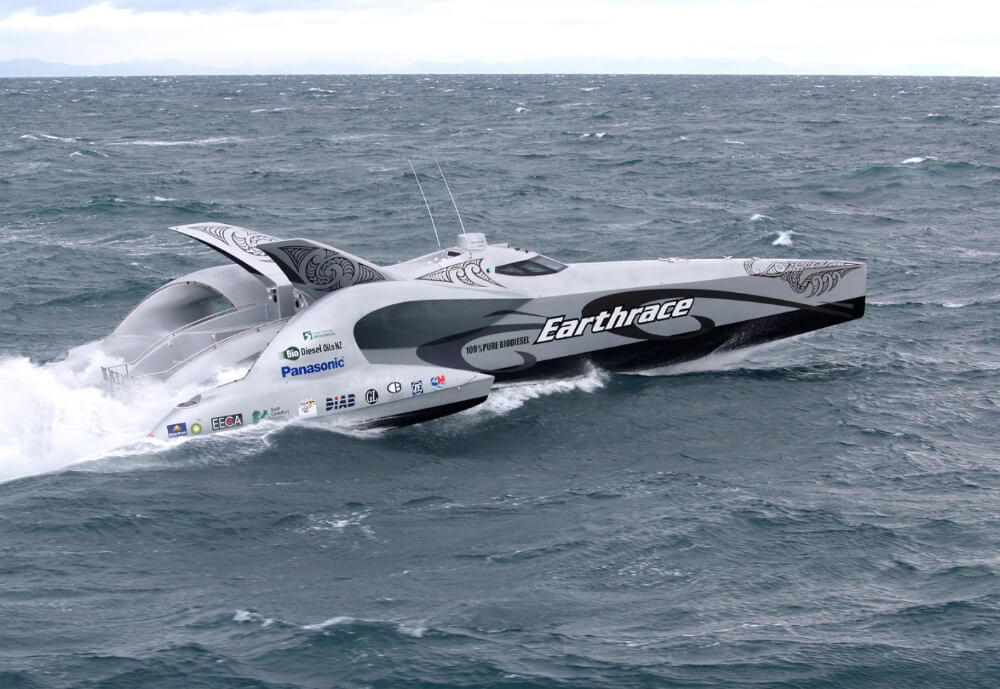
Where do you envisage future in boat design leading for LOMOcean?
We are seeing big changes happening right now that are re-shaping the near future of boating. The relentless drive towards electric cars is also being replicated by innovative manufacturers of marine propulsion equipment and there is certainly a market desire for cleaner, greener, quieter boats across all market sectors. The relatively low energy density of today’s batteries means a growing need for more efficient hull shapes which we are very good at designing, but also a move back to fully foiling boats that were popular as ferries and military patrol boats in the 1950s. Flying a boat on foils is the best way to reduce power requirements at speed and electric motors make it easier to get power into the water, because the motor can be buried in a hydrodynamic pod connected directly to a propeller, rather than the long, complex drivelines and struts used with foiling diesel engined boats. So we are seeing the start of an electric boat revolution, which promises many new interesting projects in the future.




